Good Luck: An interview with director Ben Russell
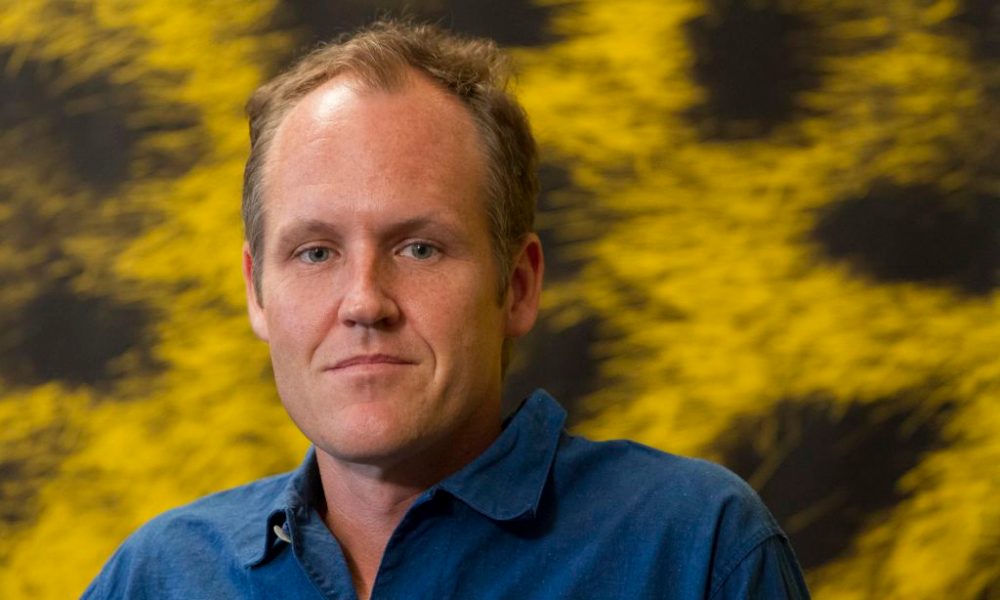
Good Luck is the latest nonfiction work from American director Ben Russell. It is being shown in competition at this year’s Locarno Film Festival, receiving a glowing response from critics. The film features two mining communities, one in Serbia, one in Suriname, and depicts the workers’ experience through extended sequences of their labour.
We interviewed Ben Russell in Piazza Grande a few days after the press screening of Good Luck. We spoke with him about his newest feature, his previous work and his filmmaking approach.
Hello Ben. Good Luck is about working class testimony. In what sense is it a political film?
In every sense. I think about testimony not in the traditional sense of first-person declaration but there’s a testimony of bodies within this film. What it is to have a body in this space, to have these sounds, to have these voices. One of the questions I get asked is about duration, and why the shots are so long. I think to begin to empathise with the subject and their labour you need to be forced into their space to have some approximation of their experience. Time does that. That’s the testimony, I guess.
What particularly drew you to mining communities?
I was a development worker in Suriname when I was 22. I’m 41 now. I lived there for two years. I worked mostly with women’s groups and governance projects to help with water sanitation. I started going back to Suriname and making films there. I made my feature Let Each One Go Where He May there. For Good Luck, I went to a gold mine that everybody said was super violent and tough. I was struck by how open, generous and human the people were, considering that the conditions were incredibly difficult and toxic. I thought that was remarkable, spending time with a community of men that were forced together due to labour. This made me think of making a film about a subject that’s been over-represented as not having agency – to treat black-skinned workers as human beings rather than objects. That’s why I went to Serbia, which had an opposite set of conditions. Large, state-run and with the appearance of a corporation, the Bor mine had a different kind of mechanisation and existed in a totally different cultural framework. It was something to offset Suriname, but with the proposition that they were the same.
Can you explain the nonfiction approach to your work?
It takes a certain amount of time, engagement and presence to produce relationships that are productive and result in an image. One of my ambitions was not to make a character-driven, individual story out of a thing that seemed inherently collective and community-based. Not following a single person and developing their story arc, but thinking about the collective bond, which happens in factories and places like this. That meant giving equal weight to an array of figures. You have a sense of their character within these conversations. In the portraits you get to look at the subject who is apparently looking at you but there’s no one behind the camera. This is done in a Warholian way. My understanding is that cinema is construction; if you’re choosing an image you’re also excluding the rest of the world – the production of an image, the production of a set of relations. The fact that I’m a foreigner with a large camera suggests that I’m already visible and affecting that space. So I pay all the people I work with. In Suriname, the workers were compensated. In Serbia, it wasn’t possible because it was a state-run institution. They wouldn’t even accept gifts, much less payment. But I tried to choreograph existing activity. I didn’t want them to do something they wouldn’t normally, but for the accordion player I had to get someone from outside, who didn’t work in the mine but whose family had done so.
How has your filmmaking developed?
The biggest shift in my practices happened when I was really frustrated by filmmaking, where I thought it had a fundamental problem with activating viewers. I was going to a lot of experimental music shows where people were freaking out and losing themselves. In Suriname, the people there are animists and have lots of death ceremonies with trance, dance and performance. I saw a relationship between the noise music and trance. I wanted to find a way to get cinema to produce that effect – to move away from soundtracks toward live-ness. The last feature I made with Ben Rivers, A Spell to Ward Off the Darkness, has the final third take place at a black metal concert in a club in Oslo. I have already existing enthusiasm for these experiences. So to have these bands in Serbia and Suriname was a great way to open and exit the film.
What responses did you anticipate from the miners?
I don’t know the trajectory of my thought process. I filmed in Serbia first to determine what I was going to shoot in Suriname. There were lots of through lines that I wanted to explore. But the men were very resistant to my enquiry. I don’t speak Serbian. Every question hit a wall. I didn’t want individuals to speak on their own because the individual refers back to the group. The men were outwardly really tough but really warm and generous. But none of them were eager to give the the answers I wanted. We got frustrated so we asked the same question over and over, and just exhausted them and then moved on to the next. We waited until the end to shoot these sequences so the men were more comfortable. The “fear” question was very violent and aggressive; it came from a place of trying to position an experience. Of course they say there is no fear, but I’m not sure I believe that.
How important is the experience of war for these men?
All the men who worked in the Bor mine over the age of 40 were probably in that war. Nobody talked about it all. War in Yugoslavia was not a ground war but it was definitely a war and Serbia was on the wrong side of it. There’s an amazing mirror between these two places. As soon as they talk about suffering everyone laughs. For me it’s very sad. It’s as if that’s the only way you can exist at the lower end of the socioeconomic scale. In Suriname, you have the person who was responsible for the destruction of communities, your loss of education, who is now president. It’s no different in Serbia. Aleksandar Vučić was reelected after the film. He was in Milosevic’s cabal. What is the choice for these men if you have no power? You place your hopes on your children. And I didn’t want this film to be an indictment of the mining industry. It felt repetitive, reductive and hypocritical to use that perspective, given our complicity in our use of gold and copper.
What is the significance of the symbol that bookends the film?
It’s a circle that has a line bisecting it – the whole is the totality. When you look through a camera you see this image. There are multiple ways of approaching it. It’s important to have an element of mystery.
How did fiction influence this film?
When I talk about my work I talk about nonfiction rather than documentary. I don’t believe that an objective document is possible. I like that nonfiction has fiction in it because it proposes itself as a false opposition. There are a lot of parallels and references to other films about mining in this work: from Alien to Starship Troopers to Man Is Not a Bird to Workingman’s Death.
Can you describe your ethnographic approach?
Ethnography is the study of visual culture. Ethnographers such as Jean Rouch and Robert Gardner are people I point to. I don’t think their films succeed as ethnography because the author becomes present. The shift in the 1980s where ethnography become self-aware is short-lived because it is at heart a science. I’m not an anthropologist because I think about ethnography in relation to psychedelia. I’m trying to privilege understanding over knowledge, empathy over a comprehensive experience. I’m trying to resist certain regimes of western knowledge: if you know a thing, you name a thing and are excused of being responsible for it. This knowledge gets in the way of us actually becoming engaged. Knowledge proposes a kind of authority. Animism, for example, doesn’t fall squarely into knowing. Unless you have a belief a system you can’t know what it means to have a water god or a snake god. Things are reduced and dismissed. I think about time through the body being present, which comes out of postcolonial theory. I’m trying to figure out a system representation that’s implicitly based on power. I have to implicate the audience and myself in the event; it’s not just about viewership. Time is relative of course, but it is something that gets us closer to lived experience.
Do you think some people will be bored watching your film?
There needs to be a vacillation between awareness of the body and awareness of the image. A certain degree of self-awareness, boredom and discomfort is critical to the success of my filmmaking. If you’re less enthusiastic, you’re watching men who work 12-hour shifts underground. You feel sitting in the chair is too long, too difficult for you? I’m after ecstatic radical experience. But you can only get that out of certain amount of struggle, discord and violence. The material determines its own length. I would love this film to be five hours, six hours. I’m always surprised to see superhero films that are two-and-half hours long.
Any upcoming projects?
There’s a project loosely based on Aldous Huxley, Gauguin and colour theory. I’m thinking about Gauguin as intentionally shipwrecked. I’ve also been invited to make a film on an ice-sheet in Greenland, which seems impossible but I won’t pass it up.
Joseph Owen
Photo: Locarno Film Festival / Sailas Vanetti
Read our review of Good Luck here.
For further information about Locarno Film Festival 2017 visit here.

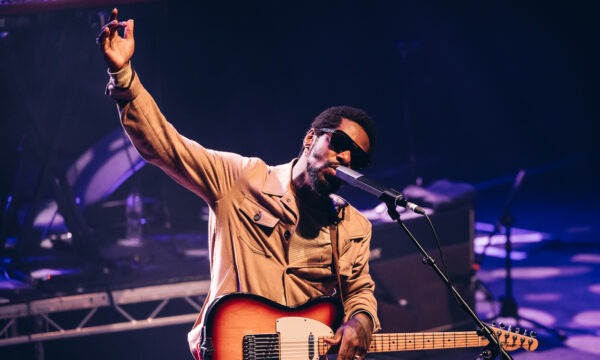
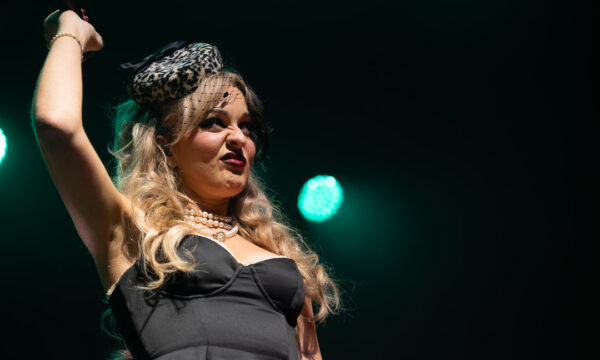




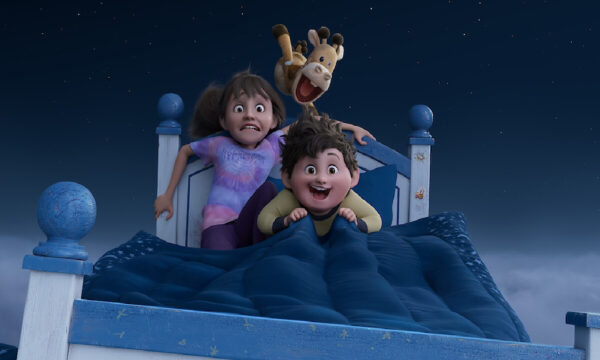
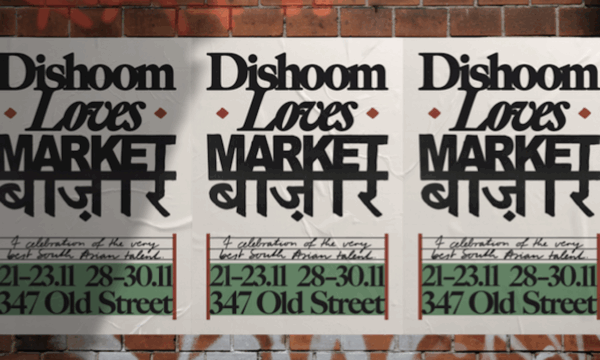
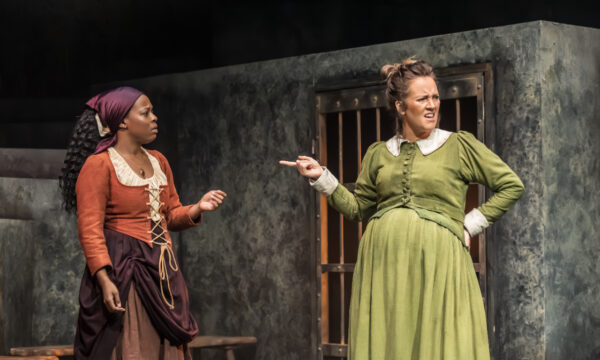
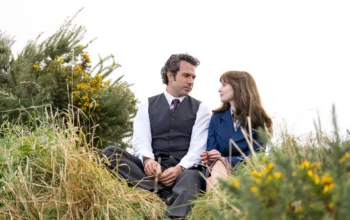

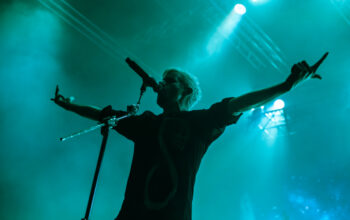
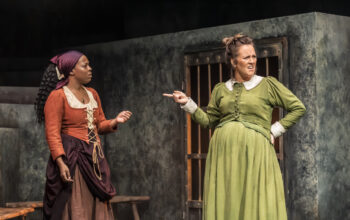
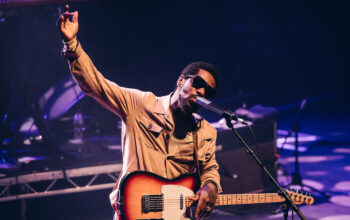

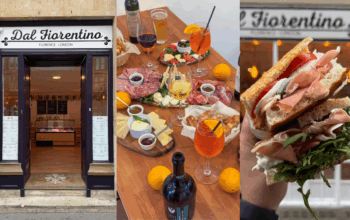






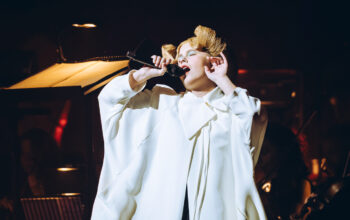
Facebook
Twitter
Instagram
YouTube
RSS